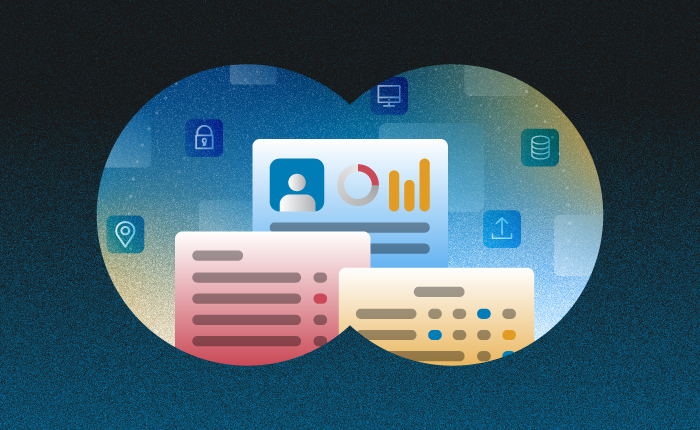With new and updated privacy regulations emerging all the time, it’s no wonder business leaders are prioritizing their privacy programs.
Many companies are subject to regulations like the CPRA, GDPR, and a host of others. A comprehensive privacy program helps them meet these regulatory requirements while building and maintaining trust with customers — and avoiding stiff noncompliance penalties.
Oftentimes, part of an effective privacy program includes partnering with a data privacy platform. Doing so can help make the whole process less stressful by creating efficiencies and helping to scale your program as it grows.
Finding the right partner can also help build a quality data foundation, which is key for creating a privacy program that works. Discovering and mapping data within your organization’s systems is also often the most difficult part of building a privacy program. But it’s a must, because it helps you detect personal data in a way that’s usable for your program and future-proofs your company’s bottom line.
When evaluating data privacy solutions, make sure your contenders can offer the three components of great data discovery.
1. Breadth of Data Discoverability
As a business or privacy leader, you probably know how your team uses personal data, whether it’s to customize a customer’s experience or recommend new products. But do you know where all of this personal data is stored? Maybe not, considering the number of places data could live.
The ideal privacy solution should be able to integrate directly with all the different types of data platforms your organization uses, including:
- Internally owned and managed data platforms: These can be on-premise or hosted in the cloud on something like AWS or Snowflake.
- Third-party SaaS solutions: These can include everything from Salesforce, Slack, and Shopify to Zoom and Zendesk — and everything in between.
Remember that many people assume that most of their risk is in internal applications, but that’s not necessarily true. If you use dozens (or more) third-party SaaS solutions, the probability of risk within those applications inherently goes up.
2. Depth of Data Coverage
Part of why mapping data can be so challenging in this process is because you need to find the right balance of building a secure privacy program and getting the visibility into where your data is stored.
Data discovery at the metadata level accomplishes this. It lets you create a data map that can be updated in real time, which is essentially a living blueprint of all the data in your organization. And the best part: This functionality should alert you to changes as soon as a new data platform is added to your environment.
Red flag alert: Some privacy platforms require access to your employees’ email accounts to perform data discovery. Proceed with caution if you agree to this, as it can introduce more security risks to your program.
3. Continuous Accuracy
After the initial implementation of your privacy program, you might worry about how to maintain data accuracy. After all, data is constantly changing.
That’s why the data map we mentioned earlier is so important. You shouldn’t have to worry about privacy noncompliance long-term. And you certainly shouldn’t have to manually work in spreadsheets or surveys forever to maintain that accuracy.
Your data map should be a core part of the privacy management solution you choose. It shouldn’t be in a separate platform or product that requires additional engineering work to be compatible with fulfilling your data subject requests.
Red flag alert: Be aware of privacy partners who offer data mapping capabilities as isolated, manual workflows. This could put you in a situation where you are forced to manually update your data maps and records of processing activities long-term.
Selecting a Data Privacy Solution
When choosing a data privacy solution, ensuring it can offer the three components of great data discovery is an important part, but it’s also just one piece of the puzzle.
There are other things to consider, like if it can connect across all of your systems, whether or not you get a community of privacy professionals to support your ongoing program, and what automations it offers.
Organizations that proactively build their privacy programs — whether or not they are required to have such a program — are the organizations that will win customer trust and brand loyalty. If you’re exploring the opportunity to partner with vendors, explore DataGrail’s data discovery solution.
